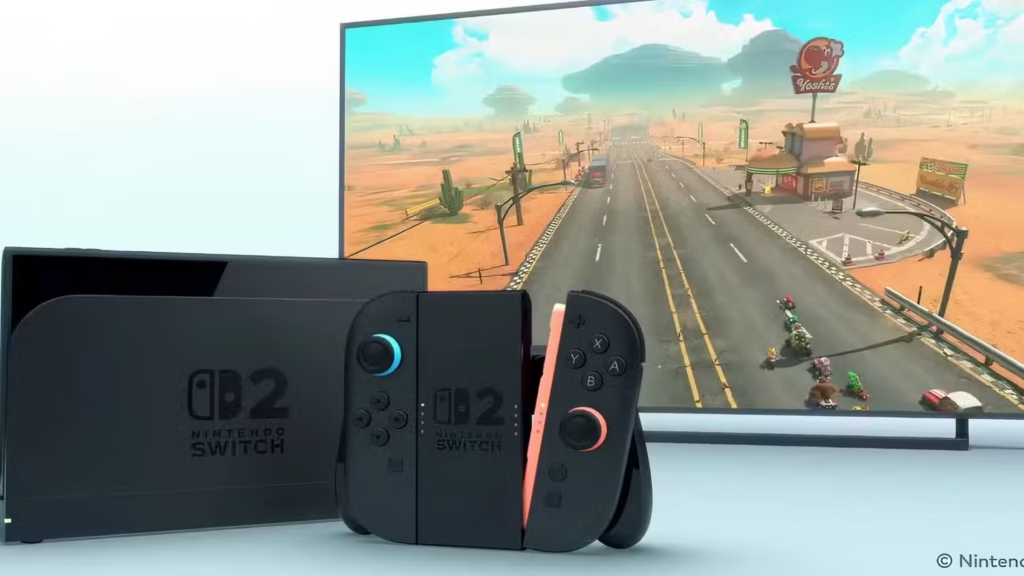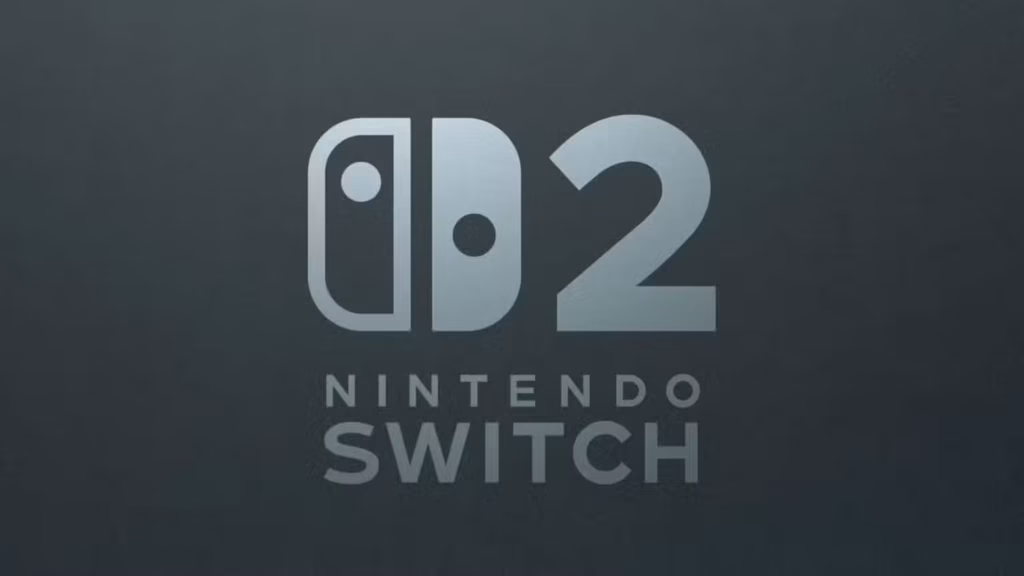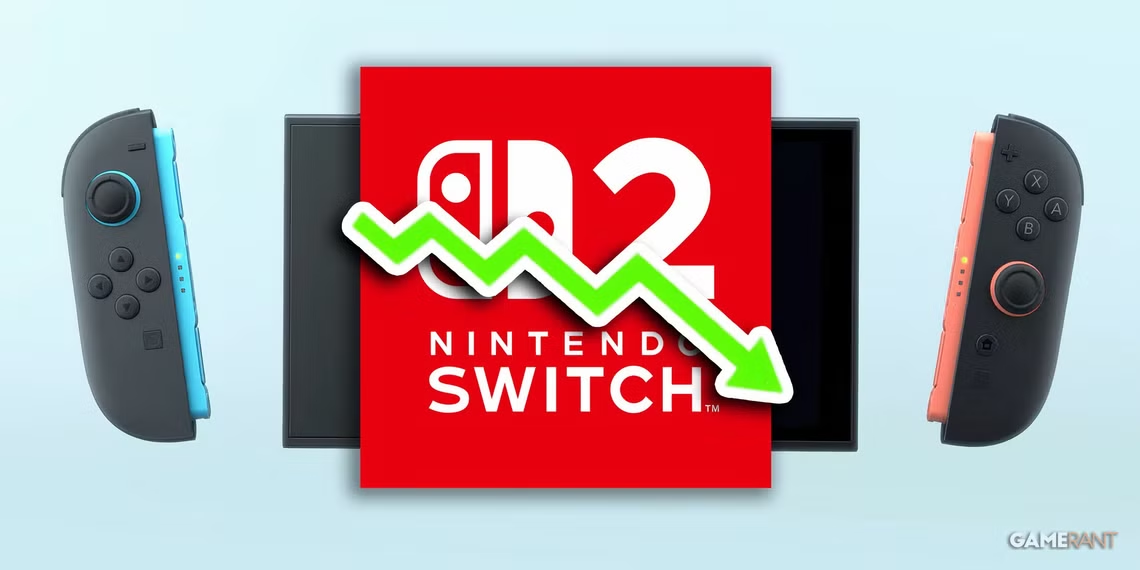After much speculation and excitement, the Nintendo Switch 2 has officially been unveiled, marking the end of a long wait filled with rumors and expectations. The features and enhancements promised by Nintendo have generated considerable buzz among gamers, who are eager to see how this new console will elevate their gaming experience. Scheduled for launch just a few months after its announcement, the Switch 2 seems ready to tackle the key issues that have been associated with its older model, making it a highly anticipated addition to the gaming landscape.
Scalping has become a significant challenge within the gaming industry, particularly evident when new consoles are released and demand outstrips supply. This phenomenon leads to outrageous prices in the resale market, making it difficult for average consumers to purchase the latest systems at reasonable rates. Historically, the limited stock of major consoles during their launch periods has exacerbated this problem, creating a frustrating experience for gamers eager to get their hands on new technology.
Nintendo Seems to Have Prepared to Combat Scalping From the Nintendo Switch 2’s Inception

Mass Production is Intended to Reduce Demand
Shuntaro Furukawa, the president of the company, has shared that strategies to prevent scalping of the Nintendo Switch 2 were established well ahead of its recent announcement. The primary goal is to manufacture a “sufficient number” of consoles to meet the anticipated demand right from the start. This proactive approach aims to ensure that all potential customers can secure a unit upon the console’s launch, rather than facing the frustration of limited availability.
The Potential Benefits of Being a Successor Console
One of the primary hurdles in the production of gaming consoles is the significant expense associated with the components and the large-scale manufacturing processes. This financial strain often results in major gaming systems being sold at a loss shortly after their release, and in some cases, this loss continues for the entirety of their market lifespan. Notable examples of this phenomenon include the PlayStation 3 and PlayStation 5, the Wii U, and potentially all models of the Xbox, as these companies often rely on alternative revenue streams to maintain profitability.
Should the Switch 2 aim to build upon the foundation laid by the original Nintendo Switch rather than starting from the ground up, Nintendo might find it advantageous to streamline its manufacturing process. By utilizing components that are similar to those used in the first model, the company could leverage existing knowledge and resources, potentially lowering production costs. This approach could lead to a more efficient supply chain, allowing for a greater availability of units at launch.
Ensuring Scalpers Don’t Take Advantage of the Nintendo Switch 2’s Popularity May Require More Strategies

Responsibly Managing the Console Market During a Massive Launch is Critical
It remains quite feasible that the demand for the Nintendo Switch 2 could surpass its supply, despite Nintendo’s attempts to keep up with the excitement surrounding the console. To better manage this situation, the company might take a more proactive approach in controlling the market dynamics. One effective strategy could involve placing restrictions on the number of consoles that any single customer can buy, which would help to ensure that more gamers have access to the product.
Resellers Have Historically Capitalized on a Lack of Communication with Consumers
Although managing the stock of the Nintendo Switch 2 can certainly play a role in shaping its demand, enhancing transparency regarding its availability might prove to be even more beneficial. By providing potential buyers with clear and timely updates about restocks and the number of units available, the feeling of urgency that often leads consumers to pay inflated prices to scalpers could be significantly reduced. This approach not only fosters trust but also empowers customers to make informed purchasing decisions.

